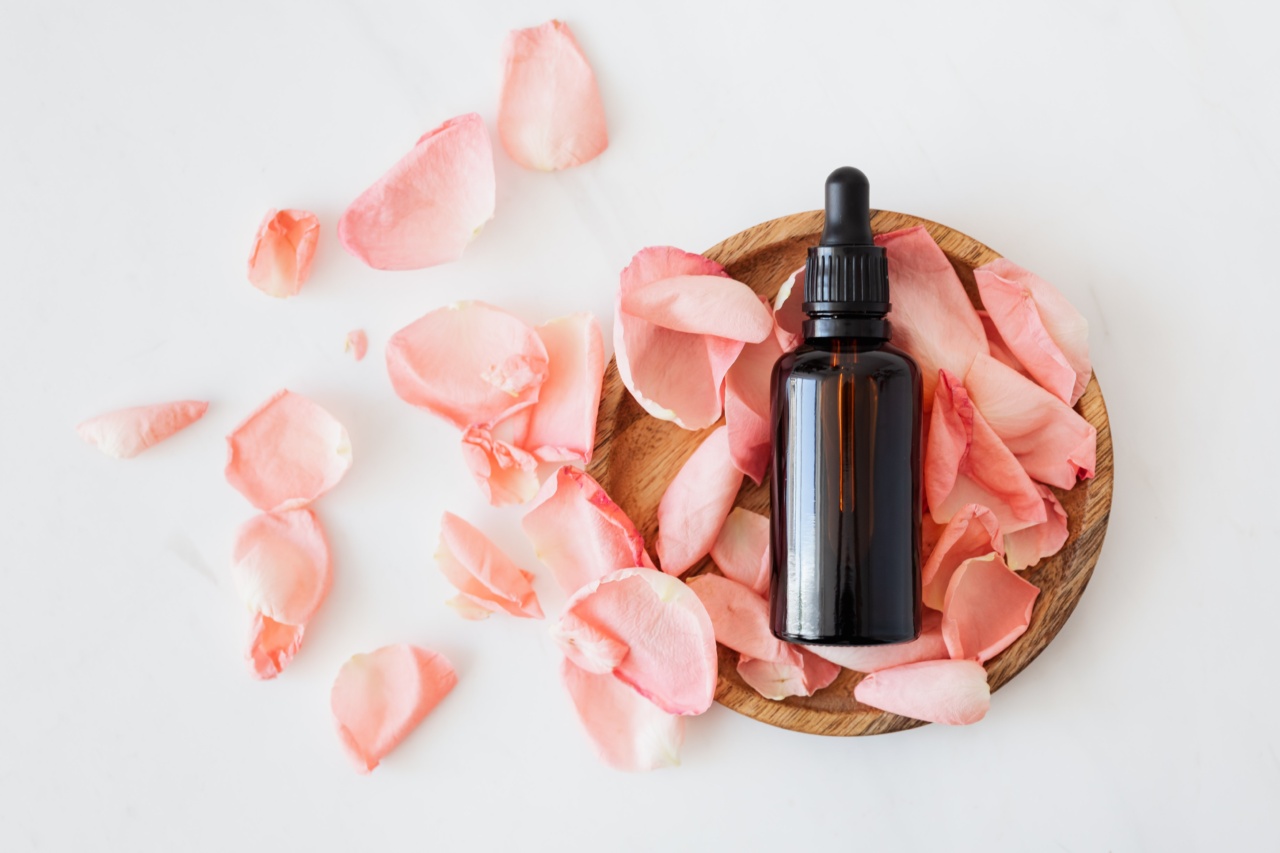Boils, also known as furuncles, are common painful skin infections that occur deep within hair follicles caused by bacteria. While they can appear on any part of the body, chest boils can be particularly distressing and uncomfortable.
In this article, we will explore the triggers of chest boils and discuss effective methods to cure and prevent them.
Understanding Chest Boils
Chest boils are red, swollen, and pus-filled bumps that typically develop underneath the skin’s surface. They usually begin as tender and painful nodules that gradually increase in size.
The most common bacterium responsible for causing boils is Staphylococcus aureus, also known as staph infection. When this bacterium enters the body through cuts or breaks in the skin, it can lead to the formation of chest boils.
Potential Triggers for Chest Boils
Several factors can increase the likelihood of developing chest boils. By knowing these triggers, individuals can take preventive measures to reduce their risk. Here are the most common causes:.
1. Poor Hygiene
Lack of proper personal hygiene is one of the leading triggers for chest boils. Failing to maintain cleanliness and regularly washing the chest area can allow bacteria to thrive and cause infections.
Taking frequent showers, especially after sweating or physical activities, is essential to prevent the accumulation of grime and bacteria.
2. Weakened Immune System
A weakened immune system can make individuals more susceptible to bacterial infections, including chest boils.
Conditions such as diabetes, HIV/AIDS, and certain medications that suppress the immune system can compromise the body’s ability to fight off bacteria effectively. Strengthening the immune system through a healthy lifestyle, exercise, and a balanced diet can help reduce the risk of developing chest boils.
3. Close Contact with Infected Individuals
Boils are highly contagious and can easily spread from one person to another through direct contact. Sharing personal items such as clothing, towels, or razors with someone who has a boil can increase the likelihood of developing one yourself.
It is crucial to maintain proper hygiene and avoid sharing personal items, especially with individuals who have active boils.
4. Friction and Irritation
Constant friction and irritation from tight clothing or rough fabrics can irritate the skin and lead to the development of chest boils.
Wearing loose-fitting clothing made from breathable fabrics can help minimize the risk of irritation and reduce the likelihood of boils forming.
5. Ingrown Hairs
Ingrown hairs occur when hair follicles become clogged with dead skin cells and grow back into the skin rather than out. These trapped hairs can cause inflammation and infection, leading to the formation of boils.
Regular exfoliation and proper shaving techniques can help prevent ingrown hairs and subsequent chest boils.
Effective Methods to Cure Chest Boils
While chest boils can be uncomfortable and sometimes painful, there are various methods to effectively cure them. Here are some recommended approaches:.
1. Warm Compress
Applying a warm compress to the affected area can help accelerate the healing process by promoting blood circulation and softening the skin. The heat also helps to draw the pus to the surface, aiding in drainage and relieving pain.
Gently place a clean cloth soaked in warm water on the boil for 10 to 15 minutes, several times a day.
2. Antibacterial Ointments
Topical antibacterial ointments, such as bacitracin or neomycin, can help prevent further infection and speed up the healing process.
Apply a thin layer of the ointment to the boil, following the instructions on the packaging or as advised by a healthcare professional.
3. Avoid Popping or Squeezing
While it may be tempting to squeeze or pop a boil, this can lead to further infection and potentially worsen the condition. Popping a boil can cause the bacteria to spread to other areas of the skin, increasing the risk of developing multiple boils.
4. Keep the Area Clean
Regularly cleaning the affected area can help prevent infection and promote healing. Gently wash the chest boil with mild soap and warm water, using a clean washcloth or cotton ball.
Afterward, pat the area dry with a clean towel and avoid rubbing the boil, as it could cause further irritation.
5. Seek Medical Attention
If a chest boil shows no signs of improvement after a week or becomes increasingly painful, it is important to seek medical attention. A healthcare professional may need to drain the boil or prescribe antibiotics to treat the infection effectively.
They can also determine if there are any underlying conditions contributing to the recurrent boils.
Preventing Chest Boils
Prevention plays a significant role in avoiding the recurrence of chest boils. Here are some preventive measures to consider:.
1. Practice Good Hygiene
Maintain good personal hygiene by keeping the chest area clean and dry. Regularly showering and using antibacterial soap can help reduce the chances of bacterial growth and subsequent infection.
2. Avoid Sharing Personal Items
Do not share personal items such as towels, clothing, or razors, particularly with individuals who have active boils or other skin infections. This can prevent the transmission of bacteria and reduce the risk of developing chest boils.
3. Wear Comfortable Clothing
Choose loose-fitting clothing made from breathable fabrics, such as cotton or linen. These materials help prevent friction and irritation, reducing the likelihood of boils forming on the chest.
4. Maintain a Healthy Lifestyle
Eating a balanced diet, exercising regularly, and getting enough rest are crucial for strengthening the immune system. A healthy immune system can better defend against bacterial infections, reducing the risk of chest boils.
Conclusion
Chest boils can be painful and uncomfortable, but understanding their triggers and adopting preventive measures can greatly reduce the risk of developing them.
Practicing good personal hygiene, avoiding irritants, and seeking timely medical attention are essential steps in effectively treating and preventing chest boils. By taking proactive measures, individuals can maintain better overall skin health and avoid the recurrence of painful chest boils.






























